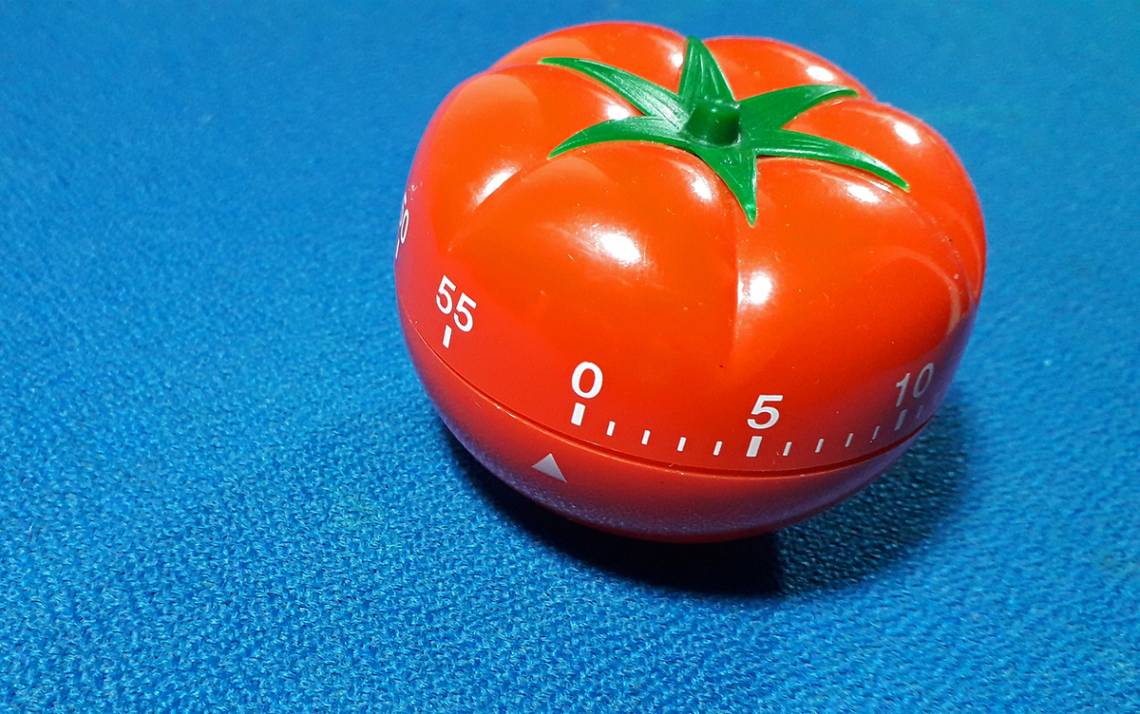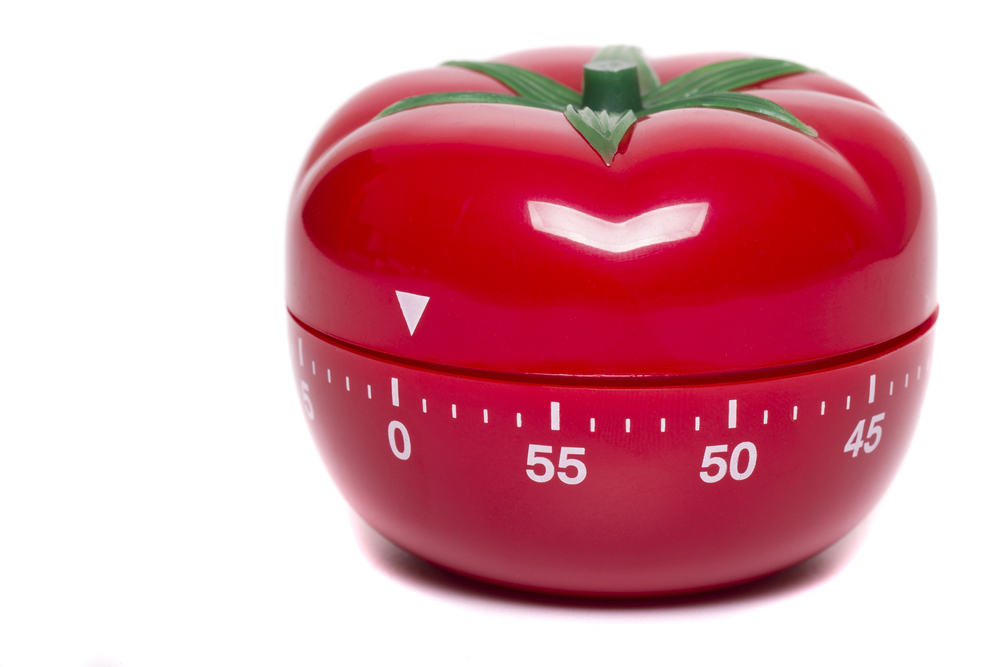

Then-university student Francesco Cirillo, who wanted to get more tasks done for the day, introduced the technique. The Pomodoro Technique helps its practitioners to maximise their focus and productivity within 25-minute intervals. Studies have tried to dissect the reason behind why we are distracted from our studies and tasks for the day - is it boredom? - but it is time for us to take charge of our focus and productivity. ISBN 978-5-3.We all have struggled with our focus and productivity, and sometimes it feels like we cannot get anything done on time. Lifehacker the Guide to Working Smarter, Faster, and Better. "The Pomodoro Technique, or how a tomato made me more productive".
#25 min timer pomodoro how to#
Help!: How to Be Slightly Happier, Slightly More Successful, and Get a Bit More Done.

The Personal MBA: A World-Class Business Education in a Single Volume. ^ "Productivity 101: An Introduction to The Pomodoro Technique".In any case, four check marks indicate a longer break (step 6). Presumably, the piece of paper can be one's task list or similar. When the Pomodoro Rings, Put a Checkmark on a Paper Click the "how" link and see step 4. "The Pomodoro Technique: Is It Right For You?". ^ a b c d e f g h i j Cirillo, Francesco.
#25 min timer pomodoro software#
The technique has inspired application software for several platforms, with various programs available. Flow and focus become associated with these physical stimuli. The physical act of winding the timer confirms the user's determination to start the task ticking externalises the desire to complete the task ringing announces a break. The creator and his proponents encourage a low-tech approach, using a mechanical timer, paper, and pencil. As pomodoros are completed, they are recorded, adding to a sense of accomplishment and providing raw data for subsequent self-observation and improvement. In the planning phase, tasks are prioritized by recording them in a "To Do Today" list, enabling users to estimate the effort they will require. The stages of planning, tracking, recording, processing and visualizing are fundamental to the technique. It’s a good idea to take advantage of the opportunity for overlearning, using the remaining portion of the Pomodoro to review or repeat what you’ve done, make small improvements, and note what you’ve learned until the Pomodoro rings. Specific cases should be handled with common sense: If you finish a task while the Pomodoro is still ticking, the following rule applies: If a Pomodoro begins, it has to ring.

Regular breaks are taken, aiding assimilation. Once the long break is finished, return to step 2.įor the purposes of the technique, a pomodoro is an interval of work time.


 0 kommentar(er)
0 kommentar(er)
